- Over 1 million successful rentals
Car Hire Argentina
Save time and money. We compare the offers of car rental companies in Argentina on your behalf.
- Free cancellation Up to 48 hours prior to the scheduled pick up time
- Best price guarantee Have you found a better price? Let us know and we will make you a better offer.
- 24000+ pick-up locations Locations around the world
Compare Car Hire
Carrentals.co.uk offers simple and straightforward car hire comparison services. We don't add a penny to your quotes!
Car rental offers in Argentina
Whether you're looking for a small rental car or a station wagon for the entire family, we will always have a suitable vehicle for the lowest price. Below are some examples from our selection in Argentina.
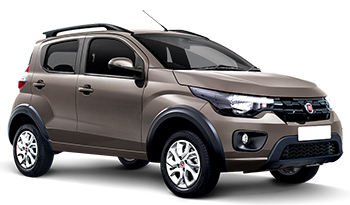
-
Rent a car From£ 27 /day
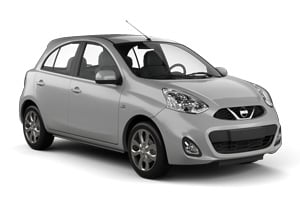
-
Rent a car From£ 34 /day

-
Rent a car From£ 36 /day
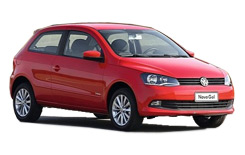
-
Alamo From£ 35 /day

-
Alamo From£ 38 /day

-
Rent a car From£ 42 /day

-
Rent a car From£ 26 /day
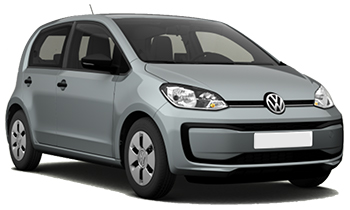
-
Europcar From£ 27 /day -
Avis From£ 61 /day

-
Europcar From£ 30 /day -
Avis From£ 64 /day
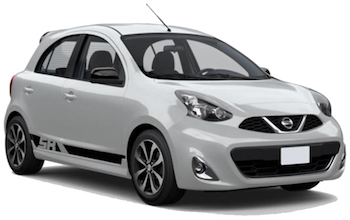
-
Europcar From£ 27 /day -
Rent a car From£ 36 /day -
Green Motion From£ 68 /day

-
Rent a car From£ 28 /day -
Enterprise From£ 35 /day -
Alamo From£ 35 /day

-
Europcar From£ 31 /day -
Rent a car From£ 39 /day -
Avis From£ 74 /day
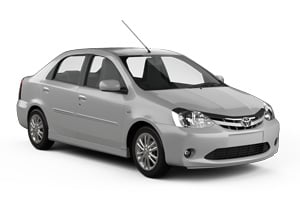
-
Europcar From£ 29 /day -
Localiza Car Rentals From£ 29 /day -
Rent a car From£ 29 /day
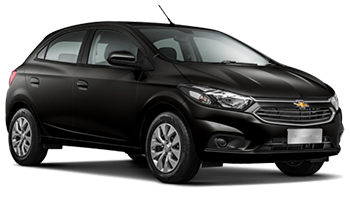
-
Europcar From£ 30 /day -
Alamo From£ 35 /day -
National Car Rental From£ 36 /day

-
Rent a car From£ 32 /day
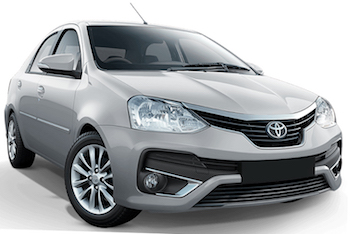
-
Europcar From£ 27 /day -
Rent a car From£ 29 /day -
Avis From£ 82 /day
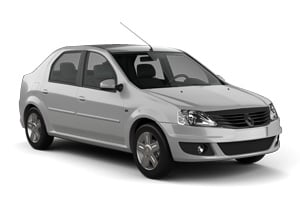
-
Modena From£ 27 /day

-
Europcar From£ 31 /day -
Rent a car From£ 34 /day -
Avis From£ 85 /day

-
Europcar From£ 28 /day -
Alamo From£ 36 /day -
Enterprise From£ 36 /day
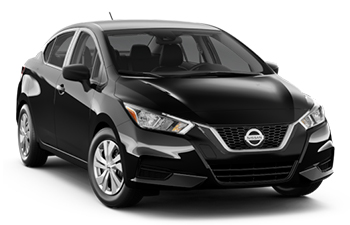
-
Europcar From£ 28 /day -
Rent a car From£ 33 /day -
Alamo From£ 40 /day

-
Europcar From£ 32 /day -
Alamo From£ 39 /day -
Enterprise From£ 41 /day
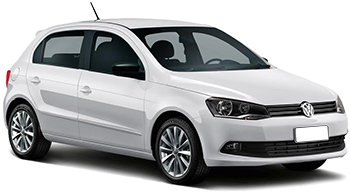
-
Rent a car From£ 29 /day

-
Europcar From£ 29 /day

-
Europcar From£ 32 /day -
Rent a car From£ 41 /day -
Alamo From£ 48 /day
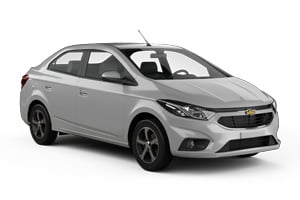
-
Rent a car From£ 29 /day -
Alamo From£ 36 /day -
Enterprise From£ 38 /day

-
Europcar From£ 30 /day -
Rent a car From£ 34 /day -
Alamo From£ 40 /day

-
Europcar From£ 35 /day -
Rent a car From£ 38 /day -
Alamo From£ 44 /day
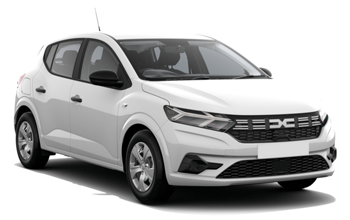
-
Localiza Car Rentals From£ 32 /day

-
Sixt From£ 34 /day

-
Rent a car From£ 35 /day -
Alamo From£ 40 /day -
Enterprise From£ 43 /day

-
Localiza Car Rentals From£ 37 /day
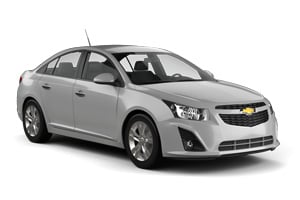
-
Hertz From£ 36 /day -
Enterprise From£ 51 /day
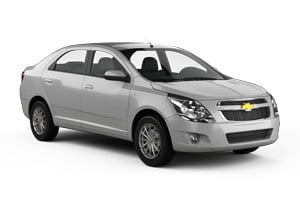
-
Rent a car From£ 36 /day

-
Rent a car From£ 40 /day -
Alamo From£ 40 /day -
Enterprise From£ 41 /day

-
Alamo From£ 40 /day -
National Car Rental From£ 50 /day -
Enterprise From£ 96 /day

-
Rent a car From£ 42 /day -
Alamo From£ 46 /day -
Enterprise From£ 47 /day

-
Alamo From£ 43 /day -
National Car Rental From£ 55 /day -
Enterprise From£ 98 /day

-
Alamo From£ 48 /day

-
Alamo From£ 52 /day -
Enterprise From£ 52 /day -
National Car Rental From£ 68 /day

-
Alamo From£ 52 /day

-
Alamo From£ 57 /day -
Enterprise From£ 58 /day -
National Car Rental From£ 64 /day
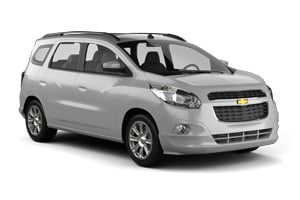
-
Localiza Car Rentals From£ 70 /day
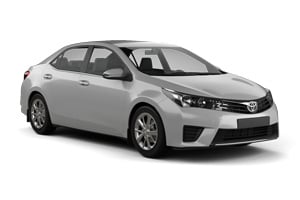
-
Europcar From£ 50 /day -
Budget From£ 74 /day -
Avis From£ 75 /day

-
Europcar From£ 50 /day -
Avis From£ 82 /day
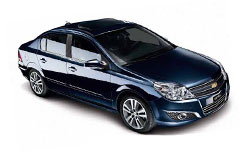
-
Alamo From£ 51 /day

-
Alamo From£ 55 /day
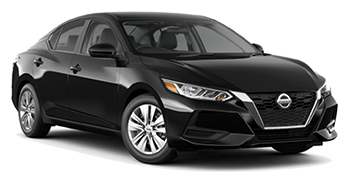
-
Sixt From£ 57 /day

-
Rent a car From£ 60 /day
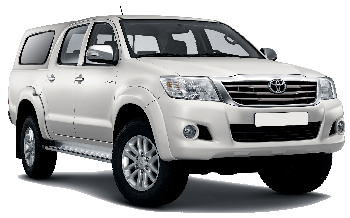
-
Rent a car From£ 66 /day

-
Rent a car From£ 62 /day

-
Rent a car From£ 66 /day

-
Localiza Car Rentals From£ 70 /day
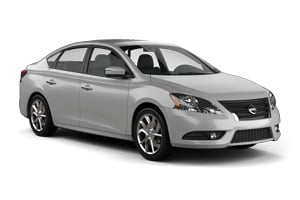
-
Localiza Car Rentals From£ 74 /day

-
Localiza Car Rentals From£ 75 /day

-
Localiza Car Rentals From£ 78 /day

-
Alamo From£ 91 /day

-
Alamo From£ 95 /day
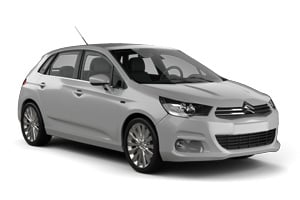
-
Sixt From£ 48 /day
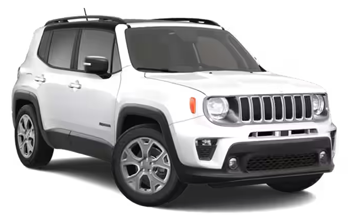
-
Localiza Car Rentals From£ 52 /day

-
Sixt From£ 54 /day

-
Localiza Car Rentals From£ 58 /day
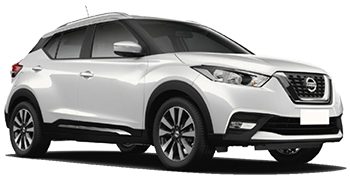
-
Localiza Car Rentals From£ 59 /day
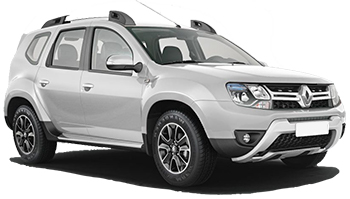
-
Alamo From£ 60 /day -
Enterprise From£ 64 /day -
National Car Rental From£ 73 /day

-
Alamo From£ 64 /day -
National Car Rental From£ 77 /day -
Enterprise From£ 77 /day
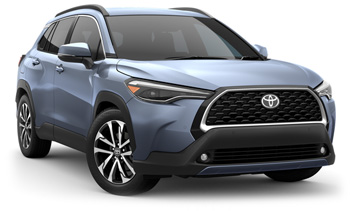
-
Sixt From£ 61 /day -
Alamo From£ 73 /day
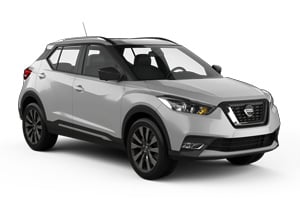
-
Localiza Car Rentals From£ 65 /day
Popular cities in Argentina
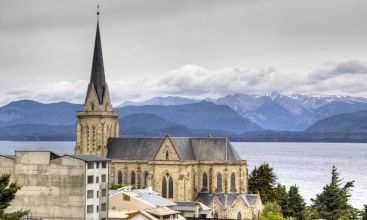

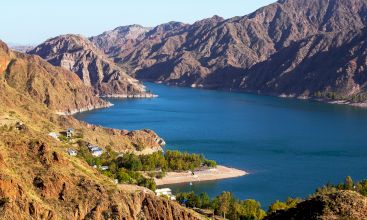

When to book a rental car in Argentina
Argentina - When is the most affordable time to rent a mini class car?
At this destination (Argentina), May is the most affordable time to rent a mini class car with an average daily rate of
Argentina - When is the most affordable time to rent a economy class car?
At this destination (Argentina), May is the most affordable time to rent a economy class car with an average daily rate of
Argentina - When is the most affordable time to rent a compact class car?
At this destination (Argentina), May is the most affordable time to rent a compact class car with an average daily rate of
Argentina - When is the most affordable time to rent an intermediate class car?
At this destination (Argentina), May is the most affordable time to rent a intermediate class car with an average daily rate of
Argentina - When is the most affordable time to rent a standard class car?
At this destination (Argentina), May is the most affordable time to rent a standard class car with an average daily rate of
Argentina - When is the most affordable time to rent a full-size car?
At this destination (Argentina), May is the most affordable time to rent a full-size class car with an average daily rate of
Argentina - When is the most affordable time to rent a luxury car?
At this destination (Argentina), May is the most affordable time to rent a luxury class car with an average daily rate of
Argentina - When is the most affordable time to rent a station wagon?
At this destination (Argentina), May is the most affordable time to rent a station wagon with an average daily rate of
Argentina - When is the most affordable time to rent a SUV?
At this destination (Argentina), May is the most affordable time to rent an SUV with an average daily rate of
Argentina - When is the most affordable time to rent a MPV?
At this destination (Argentina), May is the most affordable time to rent an mpv with an average daily rate of
Argentina - When is the most affordable time to rent a minivan?
At this destination (Argentina), October is the most affordable time to rent a minibus with an average daily rate of
Argentina - When is the most affordable time to rent a delivery van?
At this destination (Argentina), November is the most affordable time to rent a van with an average daily rate of
Car rental locations in Argentina
Carrentals.co.uk compares rental car prices at the following destinations

Argentina Guide
Argentina is best explored by rental car. Carrentals.co.uk has over 33 pick-up locations in Argentina. This means there is always a pick-up location close to your destination.
Most popular car hire locations in Argentina
Driving
Argentina is a country of culture, cuisine and of course, the well-known tango. From the bustling city of Buenos Aires through to the breathtaking Iguazu Falls and the astounding Perito Moreno Glacier, Argentina possesses fabulous natural wonders along with interesting metropolitan cities, all reachable by car.
Driving Tips for Argentina
The main roads and motorways are well-maintained. It is mandatory for drivers to have their vehicle’s headlights on at all times when driving on these roads, even during the daytime. The southern roads tend to be a little more rugged and are often unlit.
Driving licences: UK drivers are required to hold an International Driver’s Permit alongside their UK licence.
Which side does Argentina drive on: the right.
Speed limits:
Motorways: 80mph (130kph)
Rural areas: 50mph (80kph)
Built-up areas: 25mph (40kph) 37mph (60kph)
Alcohol limits: 0.05 per cent, slightly stricter than the UK limit of 0.08 per cent. This limit is strictly enforced, with fines and jail sentences for drivers found to be over the limit.
Driving age: 18 years; 21 years for those wishing to rent a car.
Seatbelts: compulsory in both front and back seats. Although child seats are not mandatory, they can be rented from many companies.
Mobile phones and GPS: unless using a hands-free device, making a call while driving is illegal. GPS is available and can be useful given the size of the country.
Cost of fuel in Argentina: cheaper than in the UK, at just over half the price.
Car hire and fuel payment: the majority of petrol stations accept credit cards. Paying by credit card for car rental is also widely accepted.
Insurance: is included with car hire but additional cover is advised. Always check the insurance paperwork thoroughly to avoid unexpected charges.
Traffic and parking: driving in the big cities can mean sitting in traffic, but outside the roads are often clear. Parking in the city centres is clearly marked, but finding a free space might be difficult. Outside of the main urban areas, parking is widely available.
Transport
Trains
Long distance trains exist in Argentina, but many only run twice a week. The rail network is limited, but fares are very cheap. An express service from Buenos Aires to Mar de Plata costs around £15 to £20. There are three main train terminals in Buenos Aires. Ferrobaires and Satellite Ferroviaro are the biggest rail providers. Tickets should be purchased in advance of travel.
Taxis
Taxis are easy to identify by their blue and white colour. Taxis around the cities and large towns are common, but using them to travel across the country is not advisable. Some cabs run on a meter, with taxis in the capital running according to a start change rate of £2.80 and a per-kilometre charge of £1.50, but many drivers are happy to haggle over the price. Tipping is not expected, but rounding up the cost is common. Taxi ranks can be found at the airport and in many of the cities, but flagging a cab down on the street is also easy.
Buses
Argentina has an extensive bus network, for both short and long distances. It isn’t as cheap as expected, but service tends to be reliable and go to many remote areas. Andesmar is one of the larger long distance operators, with daily services to destinations across the county. There are different services, first class, second class and third class. For long journeys, first class is preferable. The price for first class isn’t significantly higher than rates for the other two classes, with a first class single ticket to Mendoza from the capital around £62.50, and the buses boast reclining seats, air-conditioning and complimentary drinks.
Airports
There are a large number of airports, but the principal gateway is Ezeiza International Airport (also called Ministro Pistari International Airport), 14 miles (22kms) from Buenos Aires. Flights land here from London-Heathrow. The second largest airport is Cordoba Pajas Blancas Airport, seven miles (11kms) from the provincial capital of Cordoba and serviced mainly by South American airlines. There is also an international airport at Puerto Iguazu on the Brazilian border. This facility services Iguazu Falls though most travellers arrive via domestic flight from Buenos Aires.
Explore
Exploring Argentina
Argentina is a popular holiday destination thanks to its diversity of attractions. One of the main tourist spots is Iguazu Falls. These falls, a UNESCO World Heritage site, are actually made up of 275 waterfalls which are protected by Iguazu National Park. The walkways across the falls, which sit at the border with Brazil, are well maintained and offer visitors superb views over the waterfalls.
Perito Morenco Glacier, found within Los Glaciares National Park in Patagonia, is another big attraction. Here, visitors can marvel at the glacier and take a boat trip across the lake to see it from every angle.
El Chaltén, also in Los Glaciares National Park, may be a lesser-known spot, primarily because it is only accessible to those who have a car at their disposal, but it is a dream destination for hikers, mountaineers and pretty much anyone who wants to enjoy the stunning scenery of this remarkable region.
Then, of course, there is the capital of Buenos Aires. This bustling city is the birthplace of the tango, which is reason enough to visit. Even for those with two left feet, there are plenty of shows to enjoy.
Weather
The size of Argentina means it has a wide variety of weather in each season. September to November in the north of the country is fairly cool, with temperatures of around 17ºC. This period offers relief from the stifling summer, December through February, when temperatures climb to around 30ºC. However, summer is the best time to visit the south of the country, when the weather is mild and the scenery green and lush.
Practical information
-
CurrencyArgentine peso
-
Driving directionRight
-
City speed limit60 km/h
-
Freeway speed limit110 km/h
-
LanguageSpanish, Guaraní
-
Popular car categoryEconomy
What most people want to know
The following questions and answers are a selection of the most popular questions. If you do not find the answer to your question, have a look at the Frequently Asked Questions page or contact us.
- Alamo
- Localiza Car Rentals
- Hertz
- Enterprise
- National Car Rental
- Keddy By Europcar
- Rent a car
- Sixt
- Avis
- Europcar
- Budget
- Modena
- Umove
- Rentar Low Cost
- ACE Rent A Car
- Street Rent a Car
- RentalPlus
- Nextcar
- Travel Car
- Green Motion
- addCarRental
- First Car
- Thrifty
- Dollar Rent a Car